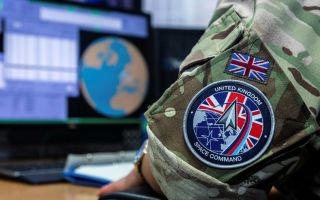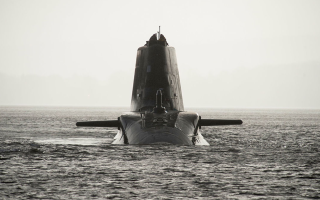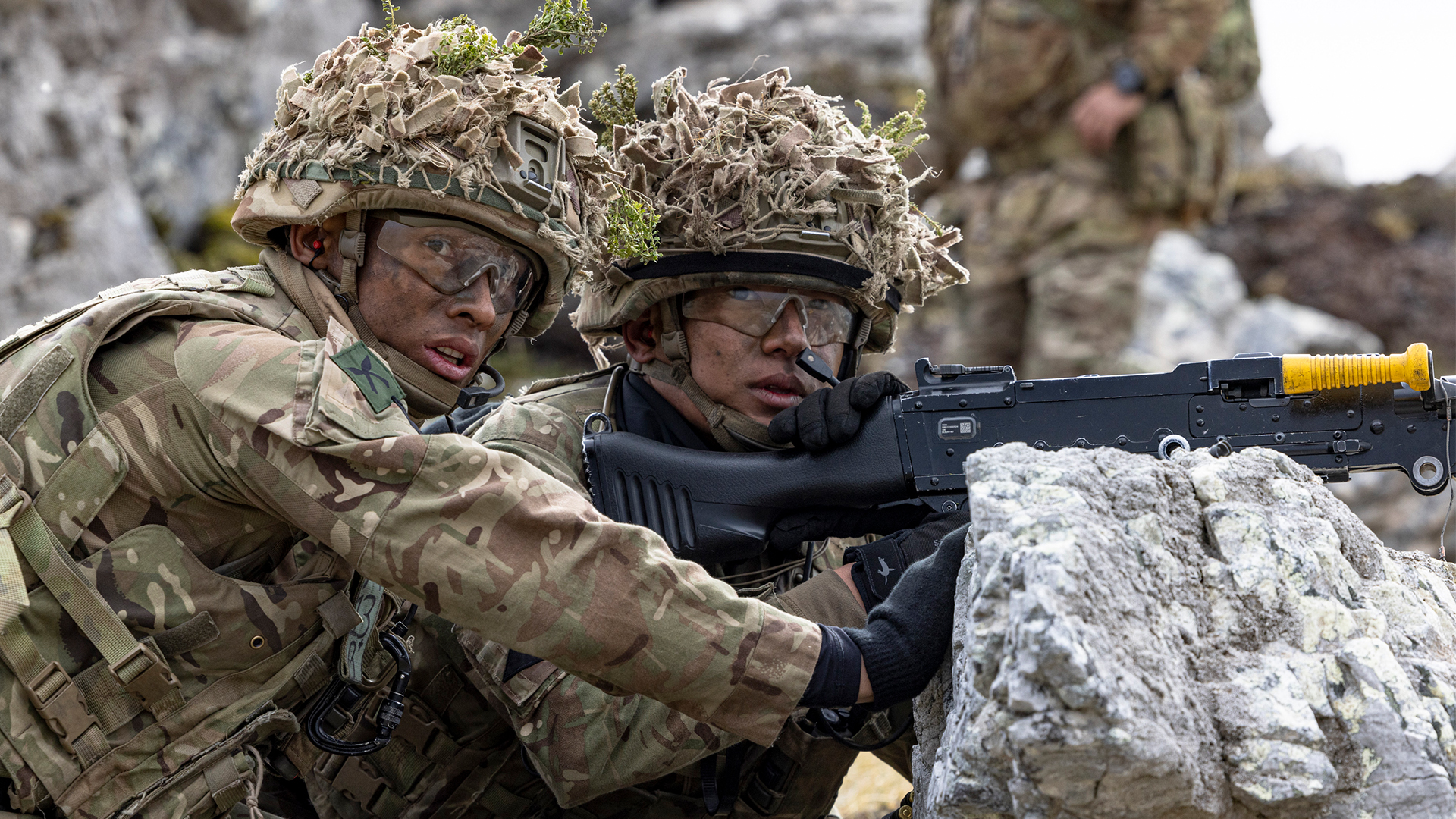
Bayonet turns into Kukri as Gurkha infanteers train in bleak terrain of the Falklands

Infanteers from 2nd Battalion The Royal Gurkha Rifles have been taking part in a large-scale blank-firing exercise in the Falkland Islands.
Exercise Cape Kukri II is usually referred to as Cape Bayonet by other regiments, but the Gurkhas don't carry a bayonet, with the kukri being their close-quarters combat weapon.
Cape Kukri II is the culmination of 2RGR's training while the battalion has been deployed in the Falkland Islands.
The exercise took place on Onion Range, around Mount Pleasant Complex and on Stanley Common.
The focus then shifted to Mount Challenger, Mount Harriet and Mount Tumbledown – the scene of fierce fighting during the Falklands War – with soldiers from the 7th Gurkha Rifles taking part in these operations.
The British Army has maintained a constant presence in the Falklands since the conflict with Argentina, which began on 2 April 1982.

Despite the difficulties the task force faced in retaking the Islands, on 21 May 1982, British troops landed at Port San Carlos and began to move towards Stanley.
They won a significant battle at Goose Green, which laid the foundation for victory.
After an intense air and artillery barrage and the capture of dominant mountain ridges around Stanley, the Argentinean commander on the Falkland Islands surrendered on 14 June 1982.
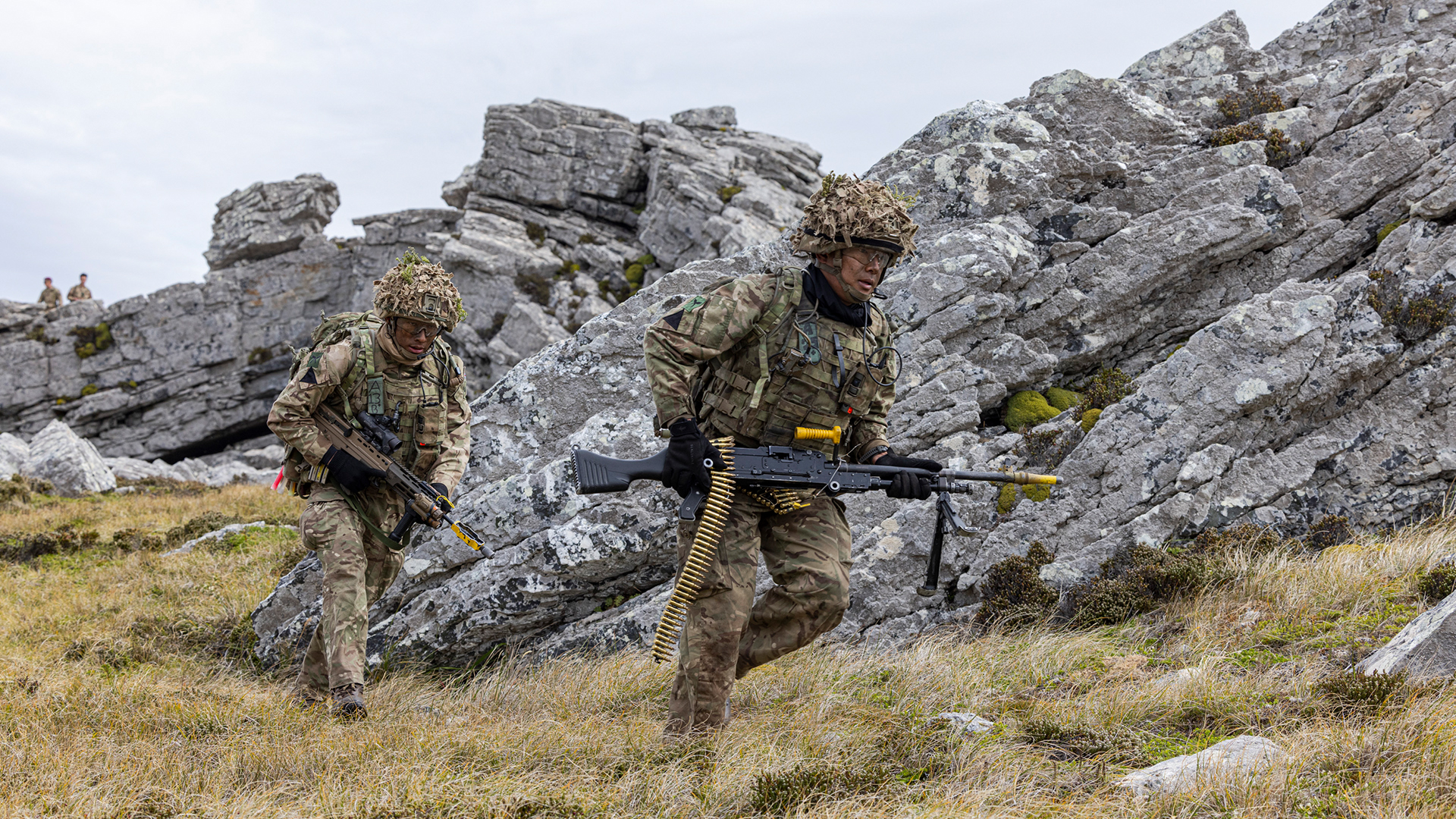
Nowadays the British Army provides a constant garrison on the Falkland Islands to support the Royal Navy and Royal Air Force with ground capabilities such as air defence and infantry specialists.
The bleak terrain and challenging South Atlantic climate also provides unique training opportunities to increase the readiness of British soldiers to respond to crises around the world.
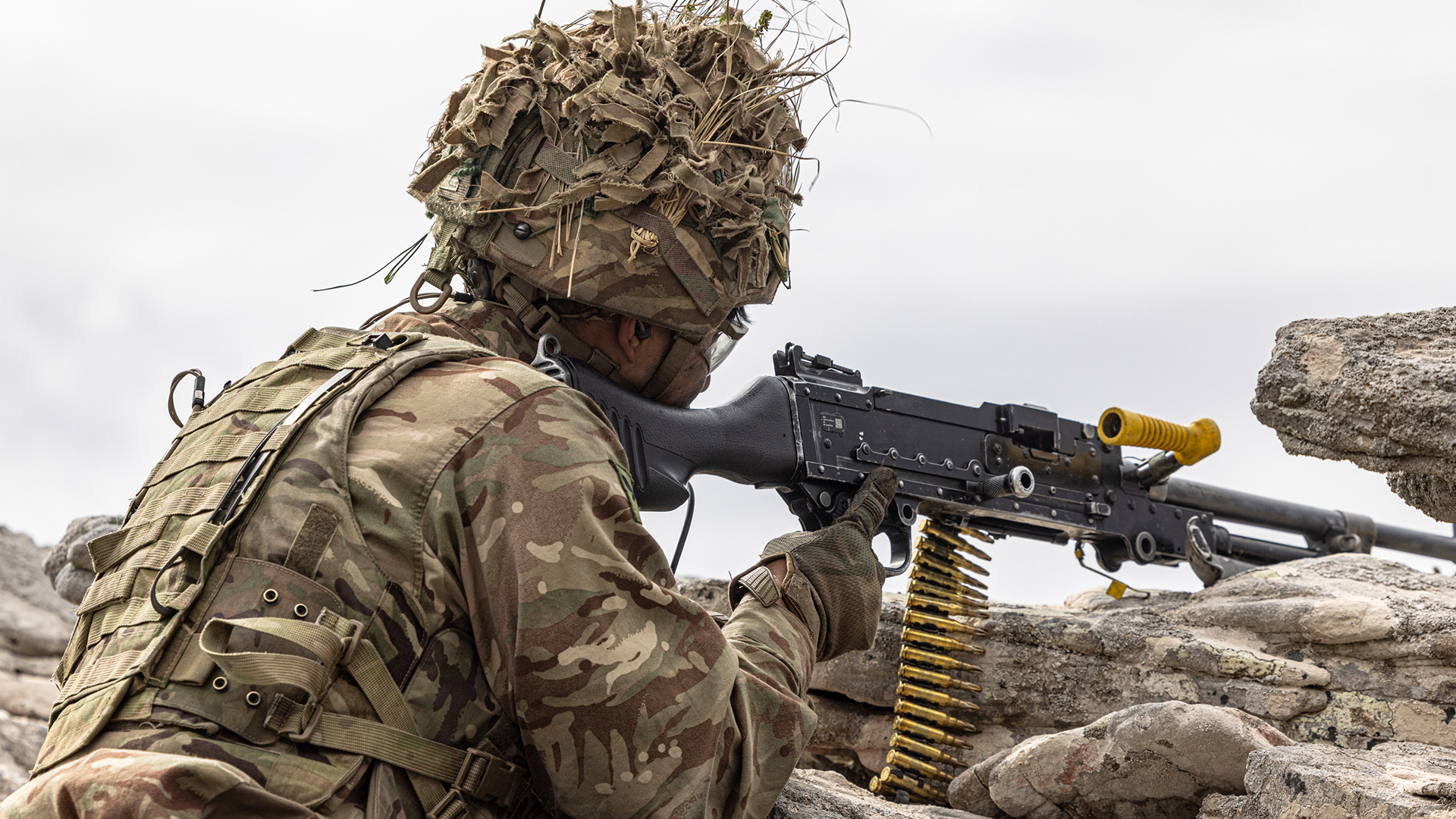
The Army points out how the situation in the South Atlantic has changed substantially since the conflict.
Argentina is now a democracy, committed to the peaceful resolution of issues over the Islands.




